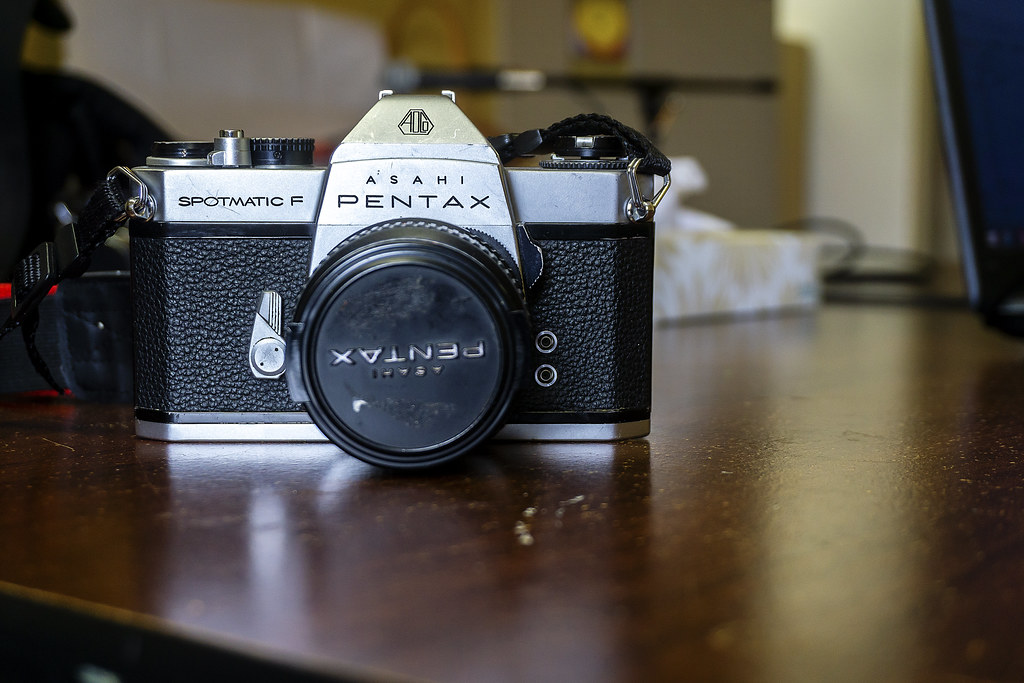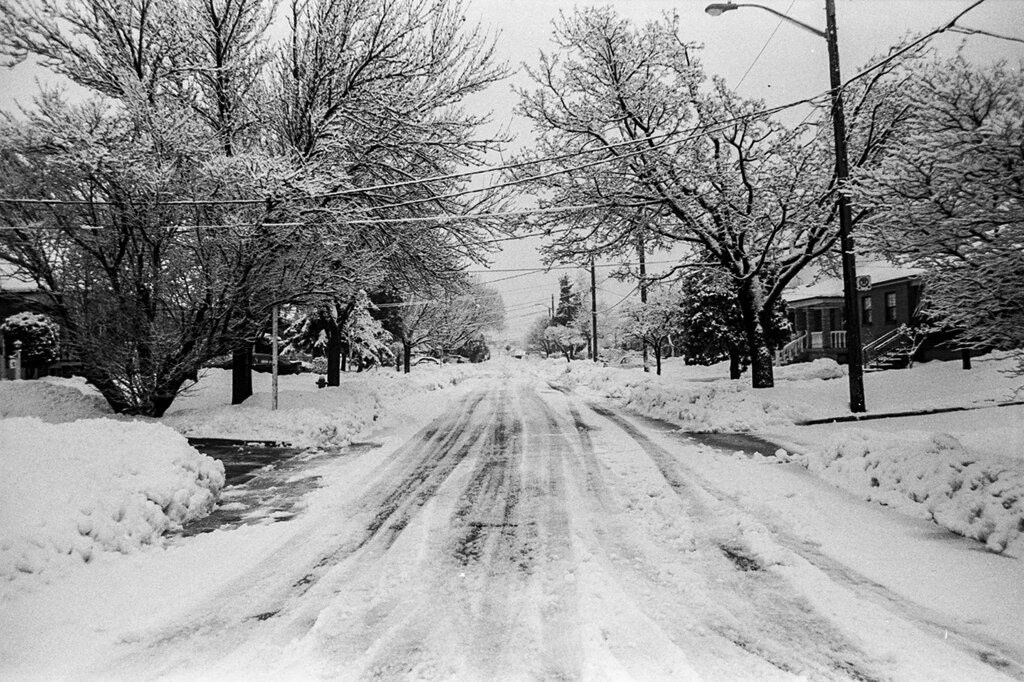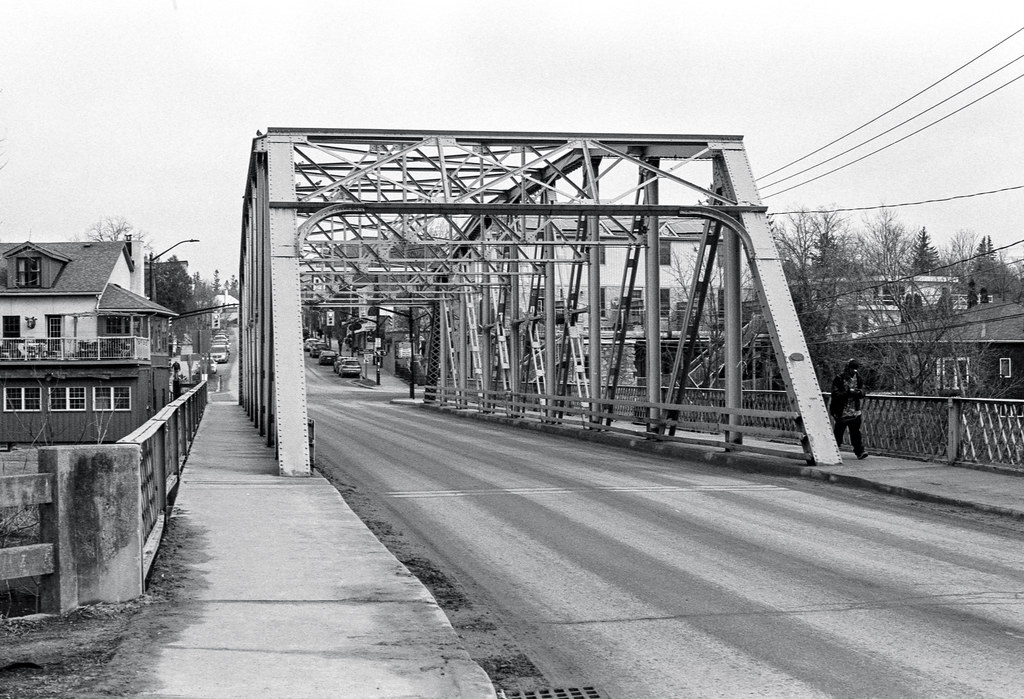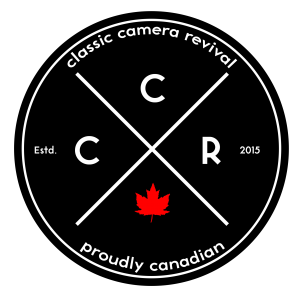You can’t discuss the history of the SLR without discussing the Pentax Spotmatic. And while the Spotmatic is no stranger to us here on Classic Camera Revival, we’ve been asked many times to look deeply into the camera, the system, and of course, the lenses. Today we have our two amazing Spotmatic Experts, Bill and Mike taking a deep look into the iconic camera and lenses.
Camera Specs
Make:
Model: Pentax Spotmatic SP, SL, SPII, SP2a, F, ES, ESII
Type: Single Lens Reflex
Format: 135 (35mm), 24x36mm
Lens: Interchangeable, Praktica Mount (M42)
Years Manufactured: 1964-76
The Pentax Spotmatic cannot be held up as the original SLR from the Asahi Optical Company. However, it can be held up as one of the first SLRs with Thru-The-Lens (TTL) metering. The first model, the SP was released in 1964. The camera itself remained mechanical while the CdS meter carried the electronics and gained power through a single PX400 Mercury Battery (1.3V). However the camera did not have open aperture metering, as the original lenses needed to be stopped down first then the meter activated by a switch on the side of the lens mount. The mount used, the M42 mount provided a large number of lenses that could be used on the Spotmatic. But the real treat for the Spotmatic was the Asahi Takumar line of lenses, but more on those later. The original SP featured the CdS meter (ASA-20-ASA-1600, with an EV sensitivity of 1.7-20 at ASA-100), and a shutter speed range of 1″ to 1/1000″ although the 1/1000″ was a bit of a secret. These could also be badged as the SP500 and SP1000, the only difference being that the SP1000 had that 1/1000″ shutter speed listed on the dial. Asahi also released an unmetered version called the Spotmatic SL.

In 1971 the Spotmatic SPII launched, while a minor variant in the line, it had the 1/1000″ speed listed on the shutter speed dial. There were some improvements in the to the metering circuitry, and the maximum film speed increased to ASA-3200. For the flash, X-Sync was added as was a hotshoe. A second variant, the SPIIa, a rare bird, would add an ‘electric-eye’ for the Honeywell Strobonar lenses was marketed but only in North America.

The biggest and most iconic Spotmatic was the introduction of the Spotmatic F in 1973, the Spotmatic F added open-aperture TTL metering. The Introduction of the F also marked the introduction of the Super-Multi-Coating Takumar Lenses which could take advantage of the open-aperture metering. The metering circuit would see improvement and the FP sync for flashes was dropped as most photographers were now using electronic (X) flashes. The trouble would be with the F is that the meter was always on unless the light dropped below EV2, so the only on/off switch would be putting a lens cap on when the camera wasn’t in use or removing the battery.

The final models for the Spotmatic would be the ES and ESII; these were the Electronic Spotmatics. Released in the mid-1970s these cameras were almost identical to the F, except they use an electronic shutter for the slow speeds (1″ to 1/30″) and mechanical for 1/60″ to 1/1000″ The meter would power on with a half-press of the shutter, and the camera could use the Open Aperture metering and have a level of auto-exposure with Aperture Priority Metering. The ESII added shutter speeds down to 8″ and a self-timer. However, these cameras are some of the early electronic cameras and are not the best when it came to longevity.

You cannot discuss the Spotmatic without discussing the optics that went along with it, and that means getting into Takumar Lenses. Asahi designed the Spotmatic to use the Praktica Lens Mount, which is better known as M42 or would become incorrectly known as “Pentax Mount.” The mount was not anything new having been used since 1949 as almost a universal mount. The name, Takumar was not new either, having been created by Asahi co-founder Kumao Kajiwara as a way to honour his brother, Takuma Kajiwara, an artist in his own right. Takumar Lenses first appeared on Asahi’s first SLR, the Asahiflex. The lenses can be broken down into four different categories of lenses. The original Takumars did come in the M42 mount, however many come in the M37 mount found on the Asahiflex and won’t work on the larger diameter of M42. The next group of lenses, the Auto-Takumar is almost a misnomer, as they don’t automatically stop down, only after triggering this function will the lens stop down. By the Super-Takumar you have a decent coating on the lens, often using a Thorium based coating on the rear element in some lenses. These lenses would automatically stop down when the shutter was pressed, or the metering button engaged in stopping the lens down to take the reading from the Spotmatic SP. The final iteration of Takumar glass is the Super-Multi-Coat Takumar Asahi introduced an improved multi-coating on the lens which in some cases did use Thorium on the rear element. These S-M-C Takumars also allowed for Open-Aperture Metering found on the Spotmatic F using a mechanical linkage, they also had a switch to allow for stop-down metering on older Spotmatics. These lenses also worked on the semi-automatic ES and ESII cameras.









The Spotmatic and Takumar Lenses have a near fanatical following which comes as no surprise. These cameras and lenses were built at a time when the Japanese pride drove the industrial quality; they needed to produce the best quality product in the world. Look at any Japanese camera built through the late 1950s through to the late 1970s from Asahi, Canon, Minolta, and Nikon; they are regarded as the best by anyone who uses them. Takumar lenses are seen by many as being equal or surpassing contemporary German optics. And often the images produced by these lenses on black & white film have a soul! Even today they have a cult following that no other lens has, and are generally undervalued in the used market for their professional and exacting build quality. If you don’t get it, pick up a Spotmatic and a Takumar lens, you’ll understand.
Looking for a good spot to get your gear and material fix check out Burlington Camera (Burlington, ON), Downtown Camera (Toronto, ON), Film Plus (Toronto, ON), Belle Arte Camera (Hamilton, ON), Pond’s FotoSource (Guleph, ON), Foto Art Camera (Owen Sound, ON). Out West there’s The Camera Store (Calgary, AB) and Beau Photo Supply (Vancouver, BC). Additionally you can order online at Argentix (Quebec), buyfilm.ca (Ontario), the Film Photography Project or Freestyle Photographic.
Also you can connect with us through email: classiccamerarevivial[at]gmail[dot]com or by Facebook, we’re at Classic Camera Revival or even Twitter @ccamerarevival
